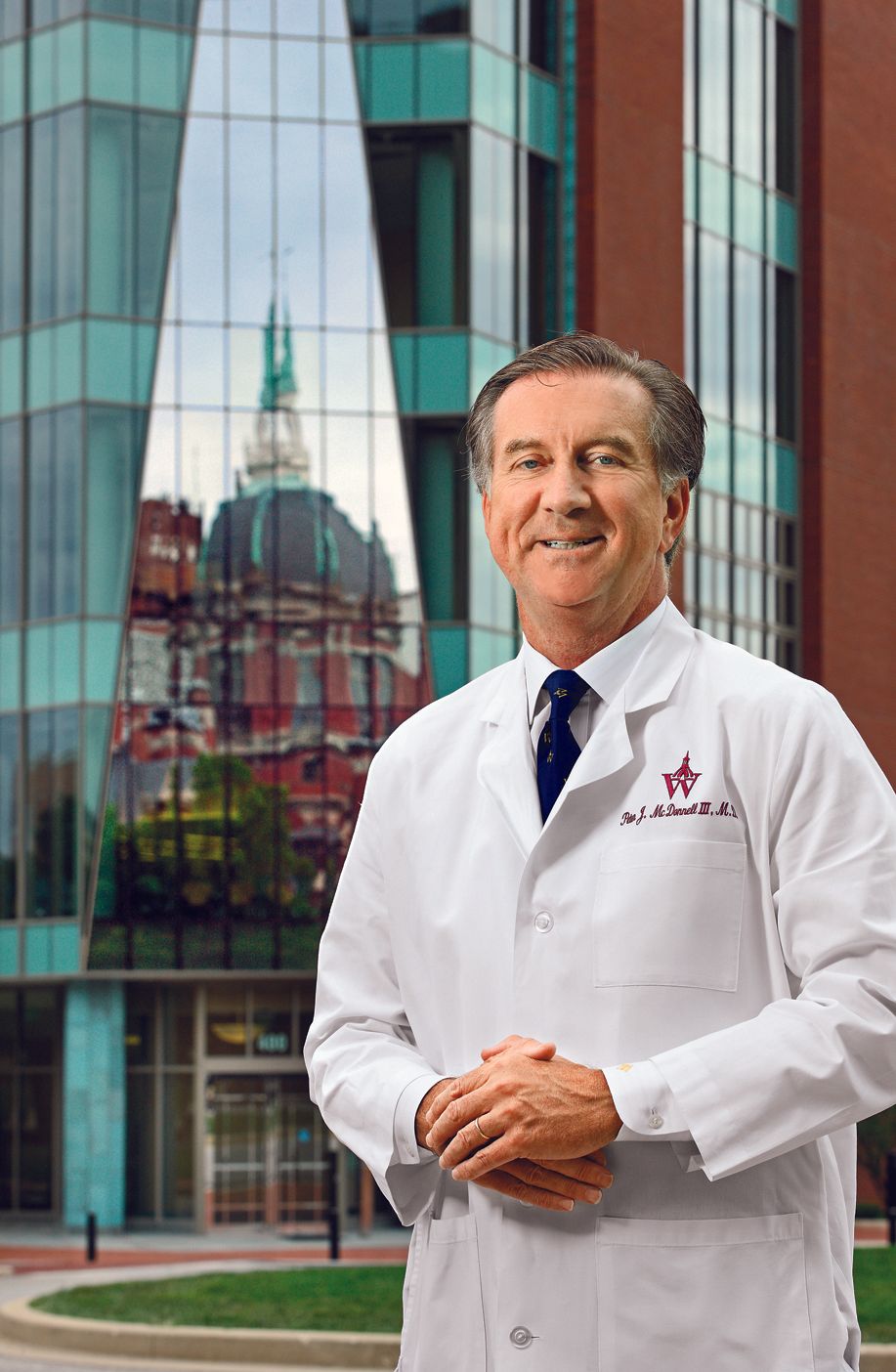Article
The skinny on obesity
A pictorial about eating ourselves to death in America
By Peter J. McDonnell, MD

Dr. McDonnell
As a school project, my son once looked into the work of Dorothea Lange, a famous photographer who documented rural life in the Western United States during the Great Depression. She was employed by the Farm Security Administration of Franklin Roosevelt’s administration, with the intent that her pictures of poor and hungry Americans would galvanize support for the president’s initiative, known as the “New Deal.”
Essentially, she was hired by the government to provide propaganda in support of government policy.
Many of the photographs appeared in Life Magazine, as well as other national media. Propaganda or not, much of her work is fascinating. If you “Google” the photographer’s name, you will see these iconic images of poor (and hungry) Americans as they lived some 80 years ago. And, you will be impressed by how remarkably thin are the subjects.
Today, it’s a different story. The poor in America, on average, are less likely to be thin and significantly more likely to be obese than are their fellow citizens who live above the poverty level. Hence the epidemic of diabetes and diabetes-related eye disease.
Why is this the case?
Here’s an interesting factoid: The U.S. Supplemental Nutrition Assistance Program (aka food stamps) is the largest means-tested social support program in our country. At a cost of $6.3 billion per month, 47.6 million people (15% of the population) are given financial support to buy food.
Beyond this, with school lunch programs and other governmental food supplies, a total of some 100 million Americans (about one-third of our population) were given food by Uncle Sam last year. The poor, as a result, are not thin the way they used to be, but rather are significantly more likely to meet the elevated body mass index levels required to qualify for the diagnosis of obesity.
The upshot is that if Lange were alive today, the subjects of her pictorials would be not thin, but plump. The farm programs initiated by Roosevelt in the 1930s, some might say, have ultimately proven too effective, at least according to the bathroom scales and the obesity-related illnesses that plague our citizens.
What do we do now?
Some, like Mayor Bloomberg of New York, believe the answer is restrictions on the size of servings of food and beverages that vendors can sell. Others criticize this as an attempt of a “nanny state” to micromanage our lives. Some believe that financially penalizing those who are not able to maintain their weight in a healthy range, by charging them more for health insurance, will modify behavior. Others argue that such an approach, making the overweight or smokers pay more for health coverage, is unethical or should be made illegal. Some believe that better education about healthy eating habits in our public schools will solve the problem.
My idea is that we only allow the government to supply or fund the purchase of healthy food. This is the kind of food that is nutritious and filling but that virtually defies someone to overindulge enough to become obese.
For example, instead of pasta, potato chips, and soda, we would provide broccoli, tomatoes, apples, and skim milk. Everyone who is not a smoker gets a daily multivitamin with the AREDS formula in hopes of reducing the risk of age-related macular degeneration.
Reference
• Food for thought. Morning Market Briefing by ConvergEx. p.M14 Barron’s Nov 4, 2013.
Subscribe to Ophthalmology Times to receive the latest clinical news and updates for ophthalmologists.
Newsletter
Don’t miss out—get Ophthalmology Times updates on the latest clinical advancements and expert interviews, straight to your inbox.




